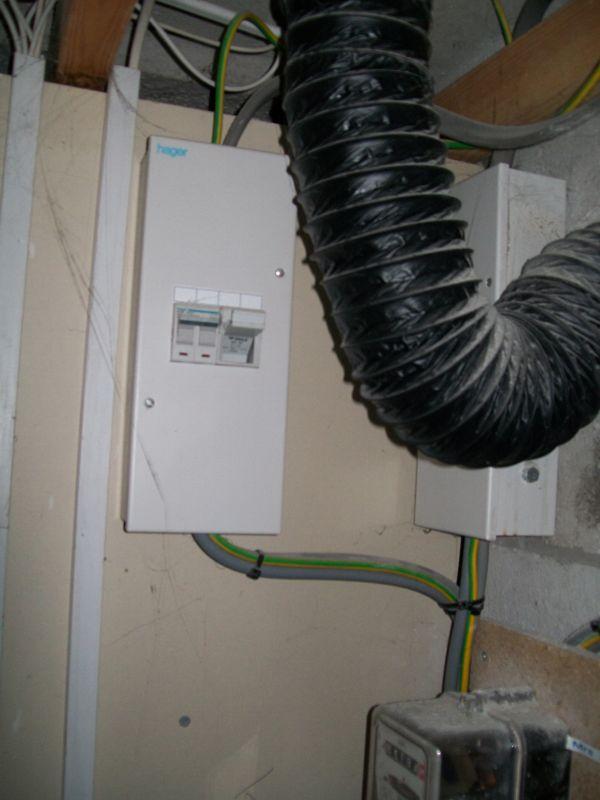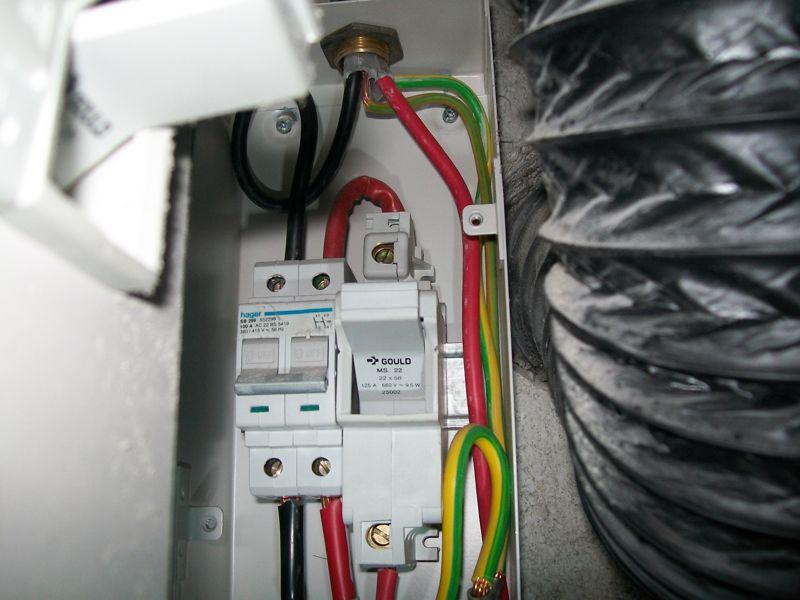[assuming you are talking about my immersion CU, and that the question is real rather than rhetorical!] ... the present day 'domestic usual' - i.e. 6kA, and there are two of them (and nothing else). They cannot, of course protect against faults arising in the cable we have been discussing, since they are downstream of that cable.What's the breaking capacity of your MCBs?One of the problems in my doing any sums is that I don't really know what fault current to design for.
Kind Regards, John.



